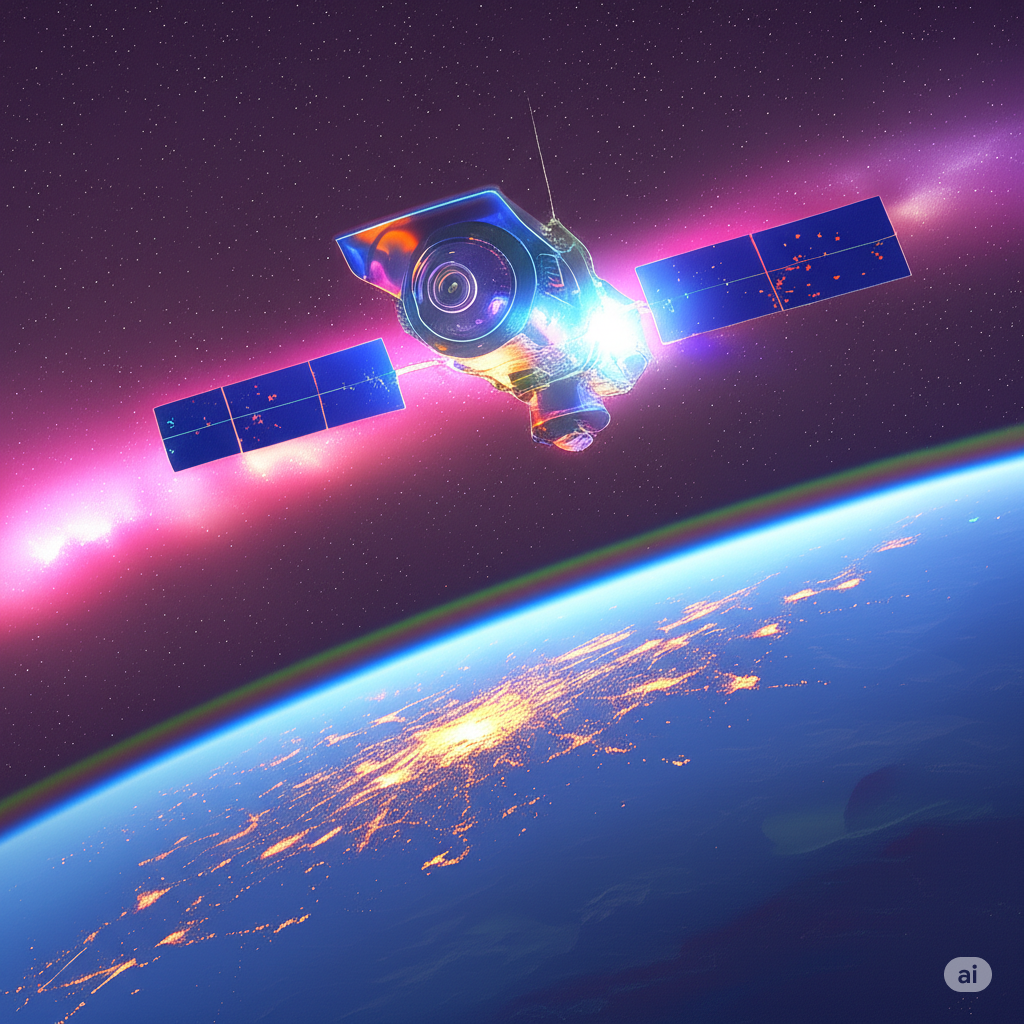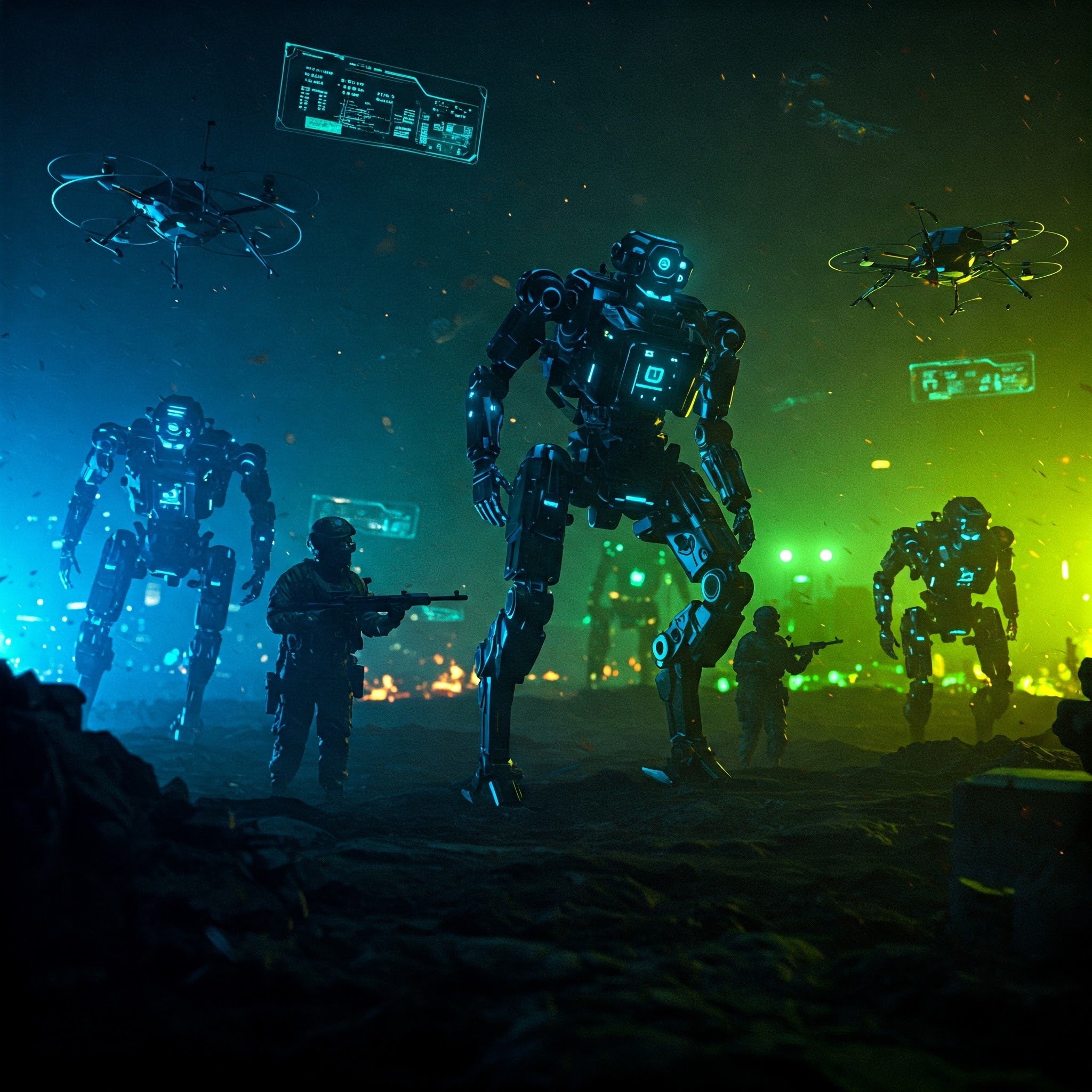Introduction
The Higher Defence Organisation of India plays a critical role in formulating and executing the country’s defence policies, ensuring national security, and managing military operations. The structure is designed to provide a seamless integration of civil and military leadership, strategic decision-making, and operational control over India’s defence forces. Over the years, various reforms have been introduced to enhance the efficiency, coordination, and effectiveness of India’s defence apparatus. This article provides an in-depth look into the structure, functions, and significance of the Higher Defence Organisation of India.
Evolution of India’s Higher Defence Organisation
The defence structure of India has evolved significantly since independence in 1947. Initially, the country followed the British model, where civilian authorities had substantial control over military matters. However, as India faced multiple security challenges, including wars with Pakistan and China, the need for a robust, well-coordinated defence mechanism became apparent.
The Kargil Review Committee (1999) and the Group of Ministers (GoM) Report (2001) played a crucial role in shaping modern reforms in defence administration. Based on their recommendations, several changes were introduced, including the creation of the Chief of Defence Staff (CDS) post and restructuring of defence agencies to enhance coordination among the three services.
Organisational Structure of Higher Defence in India
The Higher Defence Organisation in India consists of multiple key entities, each playing a significant role in decision-making, strategic planning, and defence execution. The major components include:
1. The President of India
The President of India is the Supreme Commander of the Armed Forces. However, the role is largely ceremonial, as real decision-making authority is vested in the Prime Minister and the Cabinet Committee on Security (CCS).
2. The Cabinet Committee on Security (CCS)
The CCS is the highest decision-making body concerning defence and national security matters. It comprises:
- Prime Minister (Chairperson)
- Minister of Defence
- Minister of Home Affairs
- Minister of Finance
- Minister of External Affairs
The CCS is responsible for approving defence policies, modernisation plans, and security strategies.
3. Ministry of Defence (MoD)
The Ministry of Defence is the central agency responsible for managing the Indian Armed Forces and formulating defence policies. It consists of several departments:
- Department of Defence (DoD) – Deals with policy formulation and defence budgeting.
- Department of Military Affairs (DMA) – Handles military administration and is led by the Chief of Defence Staff (CDS).
- Department of Defence Production (DDP) – Focuses on indigenous defence production and self-reliance.
- Department of Defence Research & Development (DRDO) – Manages defence technology and innovation.
- Department of Ex-Servicemen Welfare (DESW) – Handles veteran welfare and pensions.
4. Chief of Defence Staff (CDS)
The Chief of Defence Staff (CDS) is a recent and significant addition to the defence hierarchy. The post was created in 2019 to enhance inter-service coordination and act as a single point of military advice to the government. The CDS also heads the Department of Military Affairs (DMA).
5. Chiefs of Staff Committee (CoSC)
Before the CDS appointment, the Chiefs of Staff Committee (CoSC) was responsible for inter-service coordination. It consisted of:
- Chief of Army Staff (COAS)
- Chief of Naval Staff (CNS)
- Chief of Air Staff (CAS)
- Permanent Chairman (now CDS)
The CoSC provided strategic inputs but lacked a single point of accountability, leading to inefficiencies that the CDS role now addresses.
6. Integrated Defence Staff (IDS)
The Integrated Defence Staff (IDS) was created in 2001 to facilitate joint planning and execution among the three services. It assists the CDS in coordinating operations, logistics, training, and intelligence.
7. National Security Council (NSC)
The National Security Council (NSC), established in 1998, is responsible for national security planning. It consists of:
- National Security Advisor (NSA) – The primary advisor on security matters.
- Strategic Policy Group (SPG) – Comprising senior bureaucrats and military leaders.
- National Security Advisory Board (NSAB) – Experts providing strategic insights.
8. Service Headquarters
Each armed service operates through its respective headquarters:
- Army Headquarters – Located in New Delhi, led by the Chief of Army Staff (COAS).
- Naval Headquarters – Led by the Chief of Naval Staff (CNS).
- Air Headquarters – Led by the Chief of Air Staff (CAS).
Functions and Responsibilities of Higher Defence Organisation
- Strategic Policy Formulation – Developing defence policies aligned with national security goals.
- Military Planning and Coordination – Ensuring joint operations and integrated command structures.
- Defence Procurement and Modernisation – Acquiring advanced weaponry and promoting indigenous defence production.
- Border Security Management – Coordinating with paramilitary forces to safeguard borders.
- Crisis Response and War Management – Handling conflict situations and maintaining readiness for contingencies.
- Defence Diplomacy – Engaging in military cooperation with international partners.
- Cyber and Space Defence – Strengthening capabilities in emerging domains.
- Intelligence and Surveillance – Enhancing threat assessment through agencies like the Defence Intelligence Agency (DIA).
Reforms in Higher Defence Organisation
1. Creation of Theatre Commands
The government has initiated the process of establishing Integrated Theatre Commands, aiming for a more efficient and joint operational structure among the services.
2. Self-Reliance in Defence (Atmanirbhar Bharat Initiative)
India is focusing on reducing reliance on imports and boosting indigenous defence manufacturing through initiatives like Make in India and the Defence Acquisition Procedure (DAP).
3. Modernisation of Armed Forces
Investment in AI-driven warfare, cyber defence, and space security is a key priority for the future.
4. Enhanced Intelligence and Surveillance
Improving coordination between the Defence Intelligence Agency (DIA), RAW, and IB ensures better threat assessment and pre-emptive actions.
5. Restructuring of MoD
The creation of the Department of Military Affairs (DMA) under the CDS is a major step toward streamlining military operations.
Conclusion
The Higher Defence Organisation of India is a complex but well-structured system that ensures the country’s security in an increasingly challenging geopolitical environment. With ongoing reforms, integration of technology, and strategic policy shifts, India aims to enhance its defence capabilities while maintaining regional stability. The future of India’s defence organisation lies in greater jointness, technological innovation, and self-reliance to meet the evolving security landscape effectively.
India’s ability to successfully address its defence challenges depends on continuous reform and adaptation, making the Higher Defence Organisation a crucial pillar of national security and strategic autonomy.




